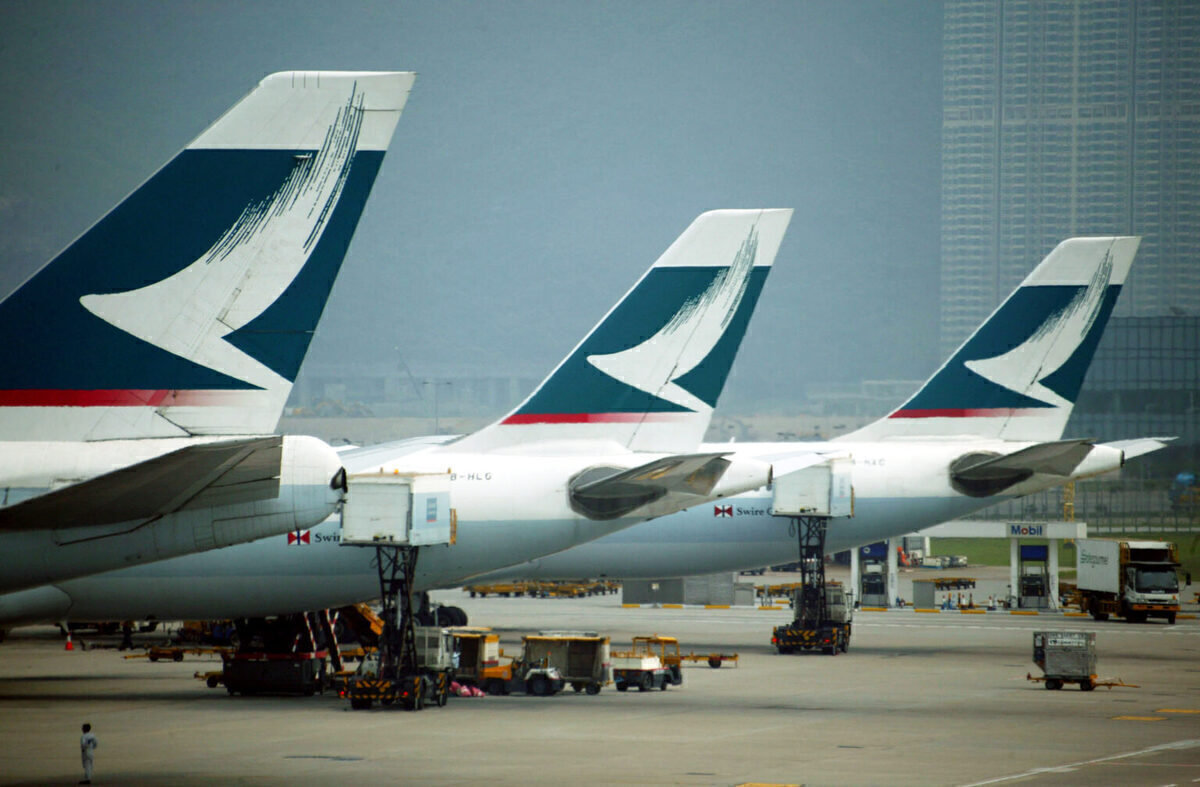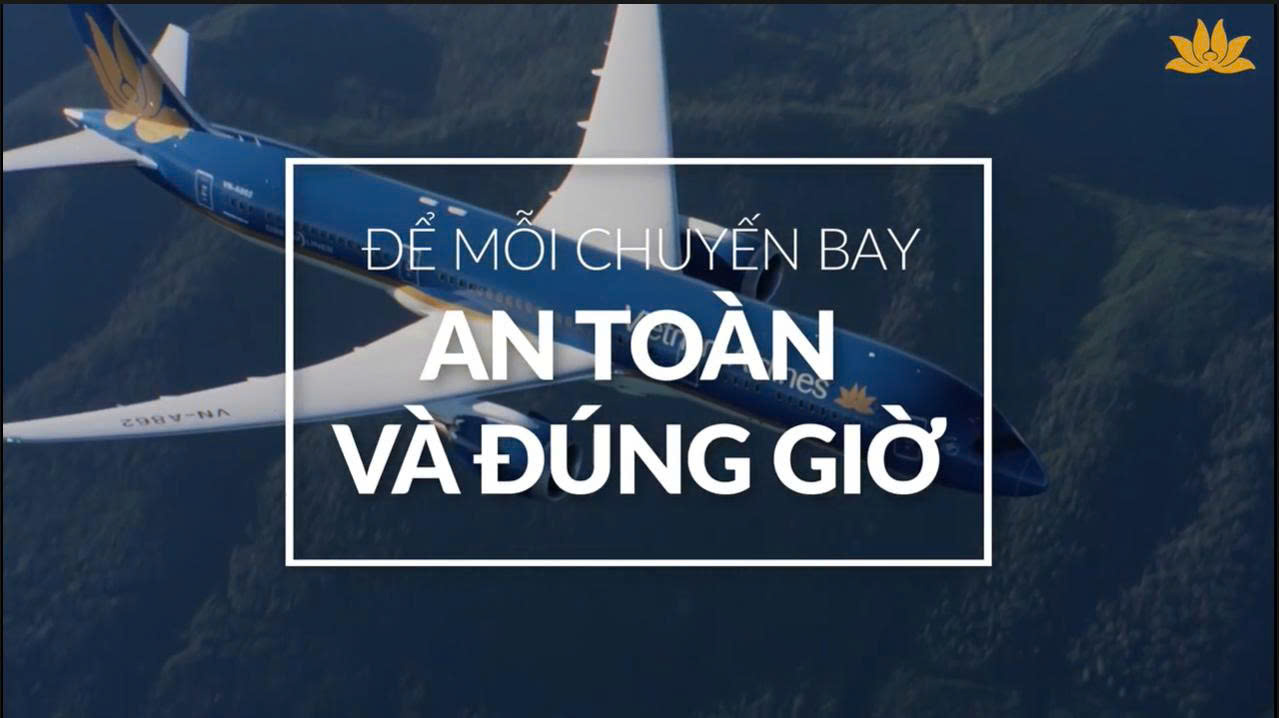The airline said that the Hong Kong government had agreed to extend the loan facility by 12 months to June 8, 2022. The loan extension will now give Cathay Pacific more flexibility to manage its liquidity as the global aviation industry looks to recover from the COVID-19 pandemic.
The bridge loan was a part of a $5 billion rescue package given by the Hong Kong government to Cathay Pacific’s major shareholders Swire Pacific and Air China, on June 9, 2020. The loan was created to help the airline survive the pandemic-induced downturn in air travel.

The loan is a part of a $5 billion rescue package. (Photo: Getty Images)
Cathay Pacific reduced cash burn
While coping with Hong Kong’s strict COVID-19 quarantine rules and the massive downturn in travel, Cathay Pacific took the following measures to help reduce cash burn:
- Cutting staff levels by 25%
- Asking remaining employees and executives to take pay cuts
- Freezing new hires
- Ceasing operations of regional subsidiary Cathay Dragon
- Operating at less than half its 2019 capacity capacity
As of December 31, 2020, Cathay Pacific had a healthy liquidity balance of more than HK$28 billion ($3.61 billion). As well as this, Cathay Pacific also raised HK$6.74 billion from a convertible bond issue in February. Together with the February bond issue, the airline raised $650 in its first US dollar bond in 25 years.

Passenger numbers are down 99% compared to 2019. (Photo: Cathay Pacific)
Cathay Pacific has not used any of the money
When speaking about how grateful Cathay Pacific was for the Hong Kong government loan extension and the fact that Cathay Pacific had yet to draw from it, Cathay Pacific Chief Executive Officer Augustus Tang said,
“We greatly appreciate the Government’s confidence in the airline and its long-term prospects despite the challenges brought on by the pandemic. We have not drawn down the facility over the past 12 months as we have been adopting a suite of measures to preserve cash.
“We are thankful for the Government’s decision to extend the drawdown period, which provides us with more flexibility to manage our liquidity position.”
Mr. Tang then added,
“We continue to be able to raise debt financing in the capital markets. This reflects the investing community’s confidence in our prospects as a leading airline. As we look to the future, it is critically important that we continue to remain agile, focus on prudent cash management and explore capital financing opportunities as they arise.
“As travel demand gradually resumes, we remain absolutely confident in the long-term future of Cathay Pacific and Hong Kong as an international aviation hub.”
Singapore Airlines has also raised cash
Cathay Pacific’s move to get as much liquidity as possible comes when passenger numbers are down 99% from levels seen in 2019. It also follows a similar move by rival Singapore Airlines. Last month the Singapore-based carrier issued $4.69 billion worth of convertible bonds.
Both Singapore Airlines and Cathay Pacific lack domestic markets and rely primarily on long-haul flights for their revenue. With many borders still closed worldwide, knowing that you have plenty of cash in reserve is a good thing.
Cre: Simple Flying
Nguyen Xuan Nghia – COMM










